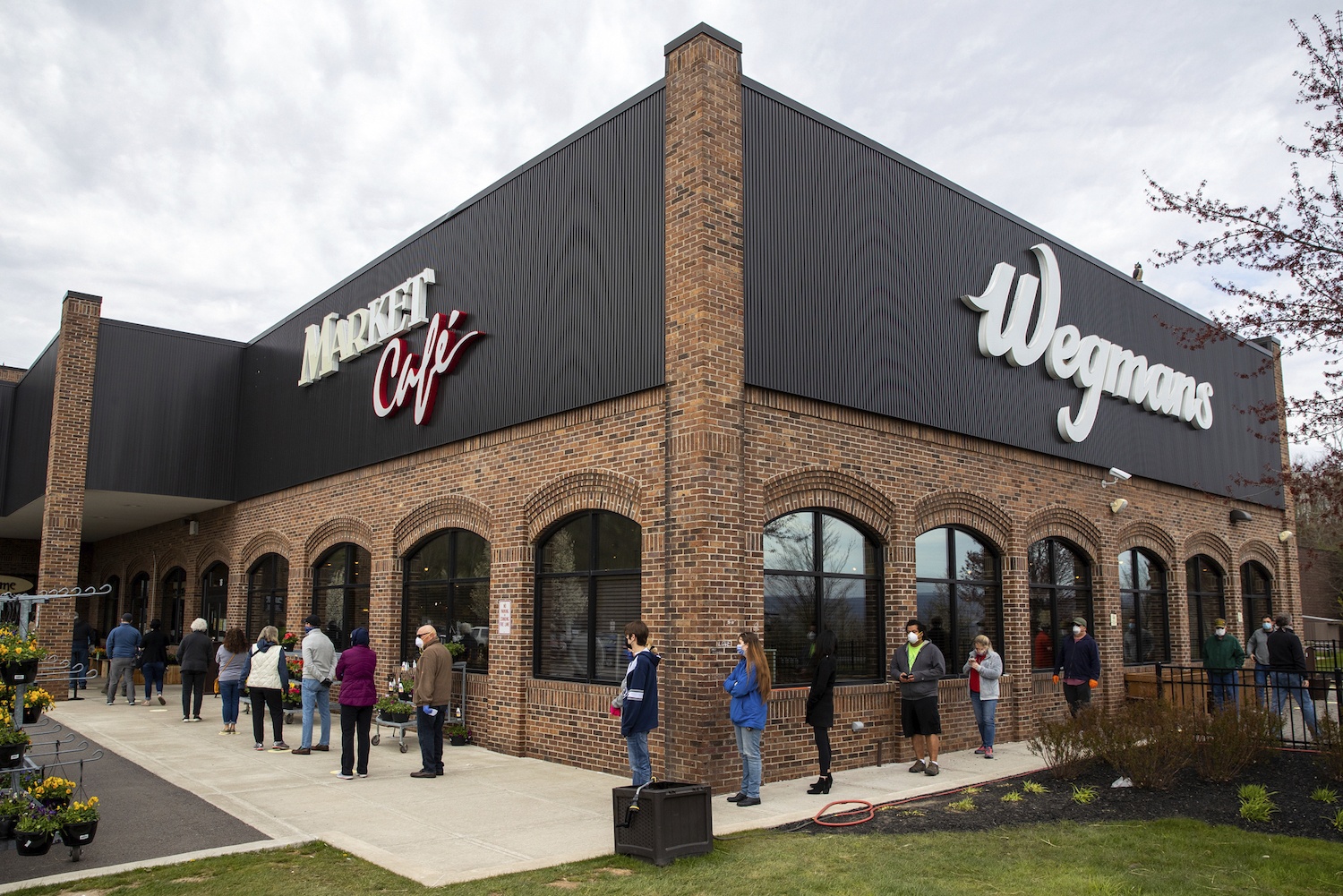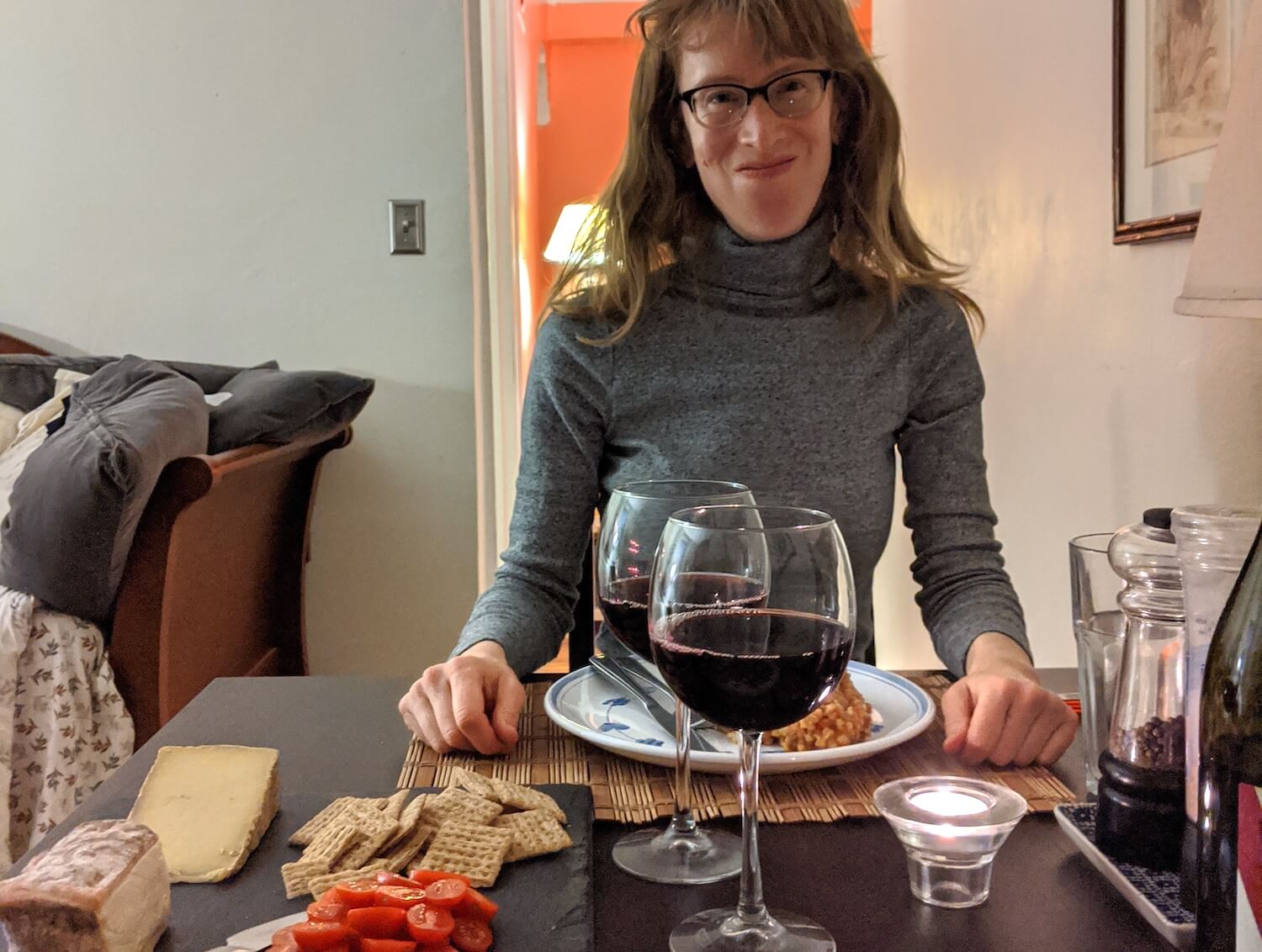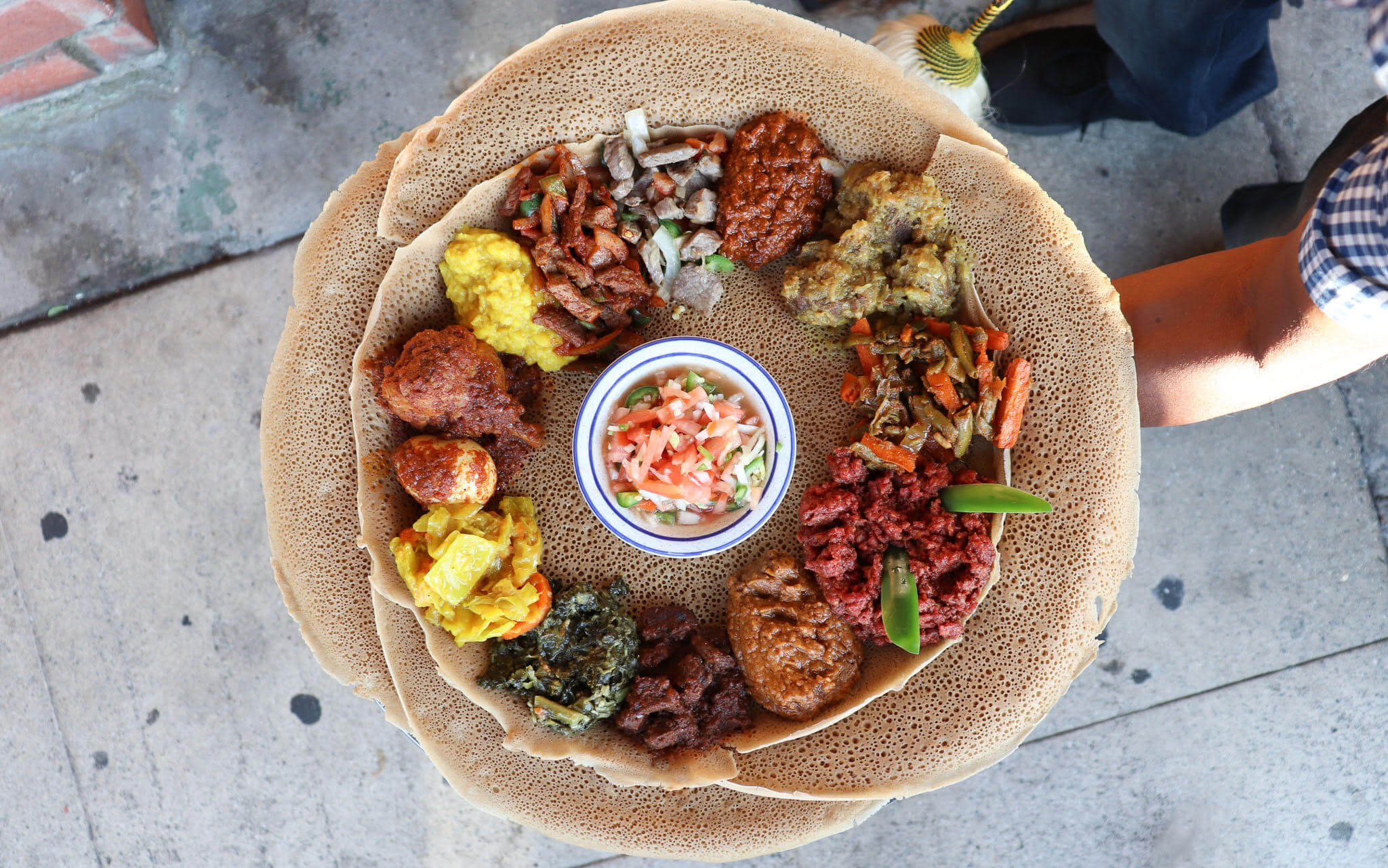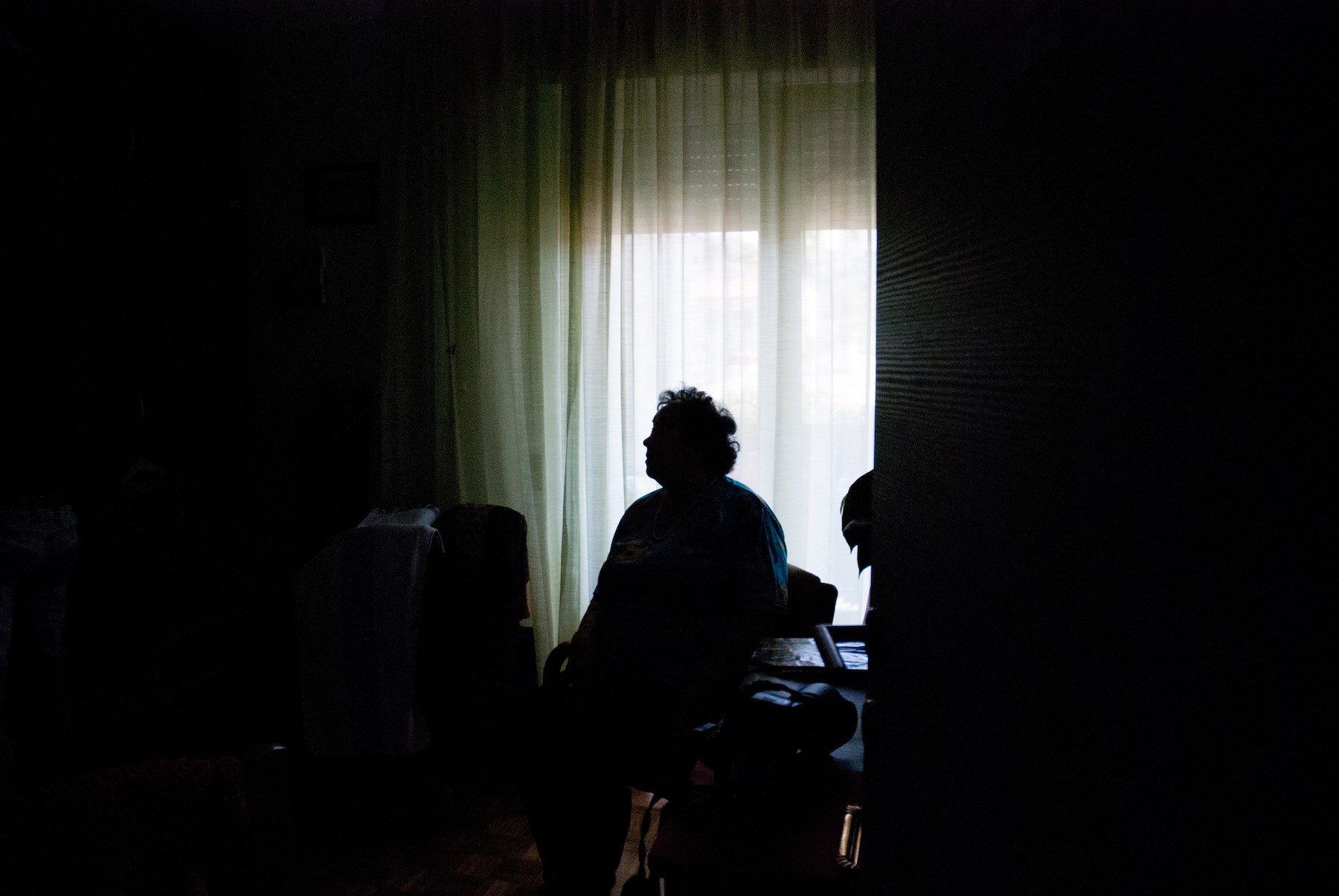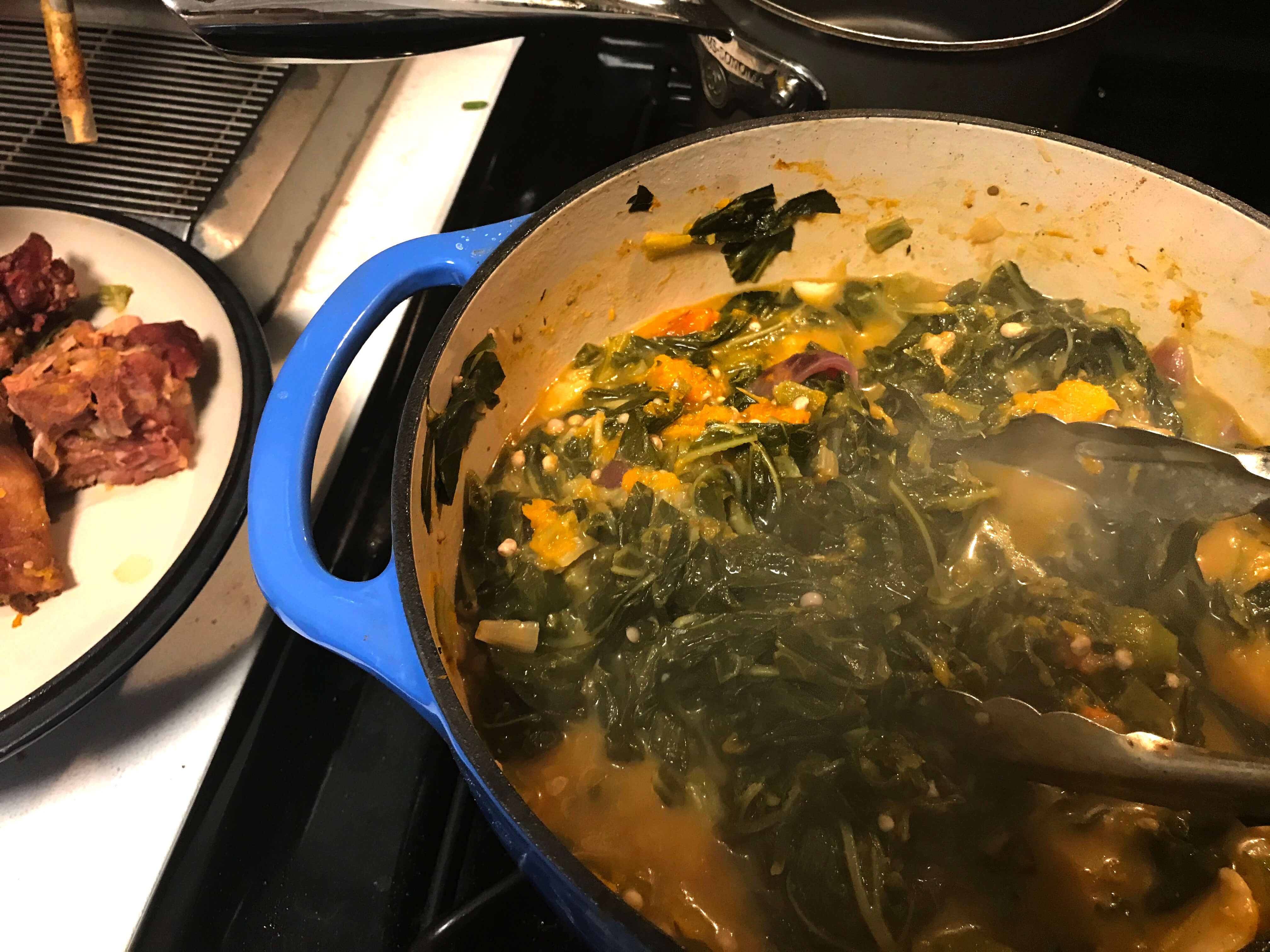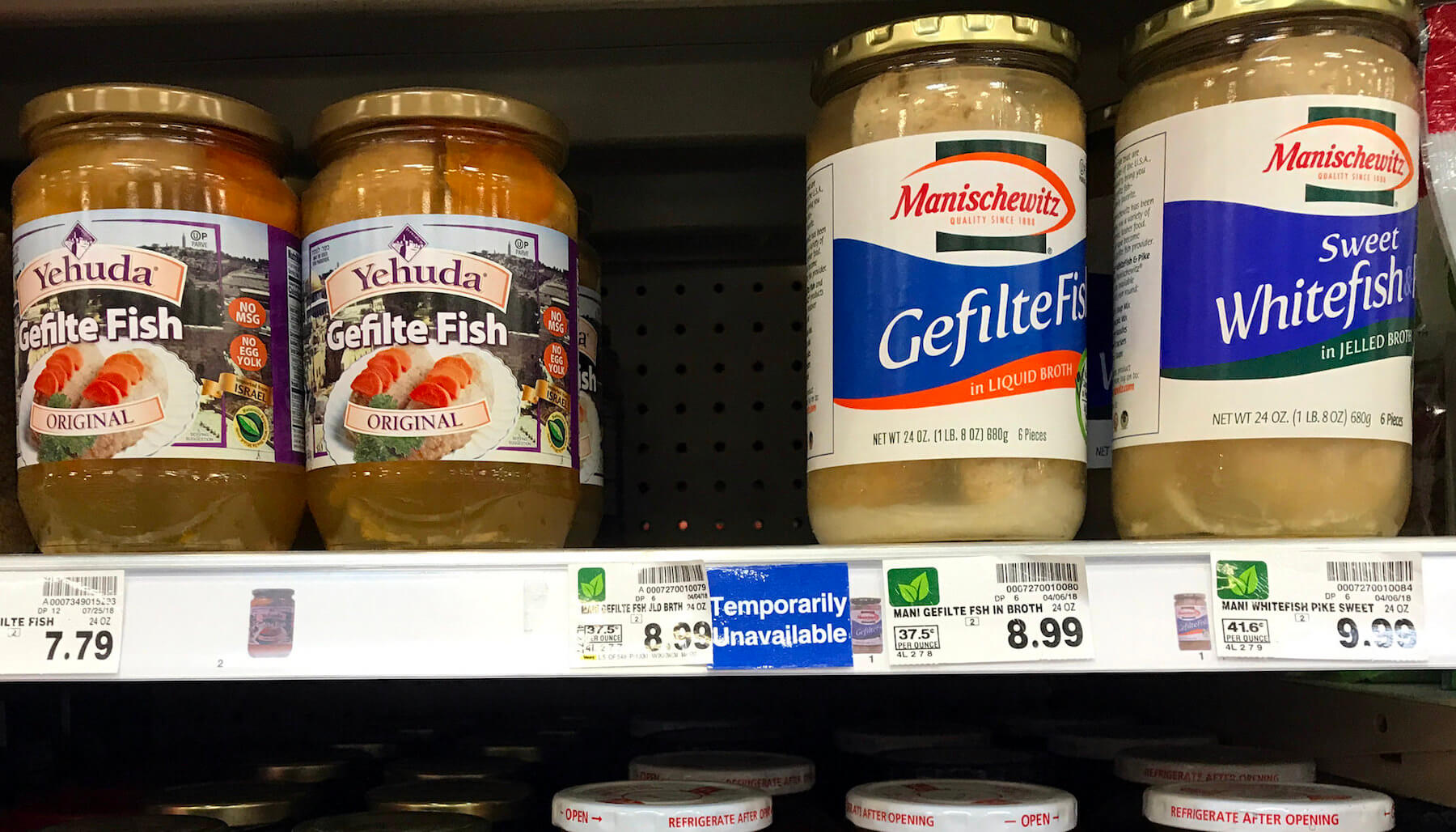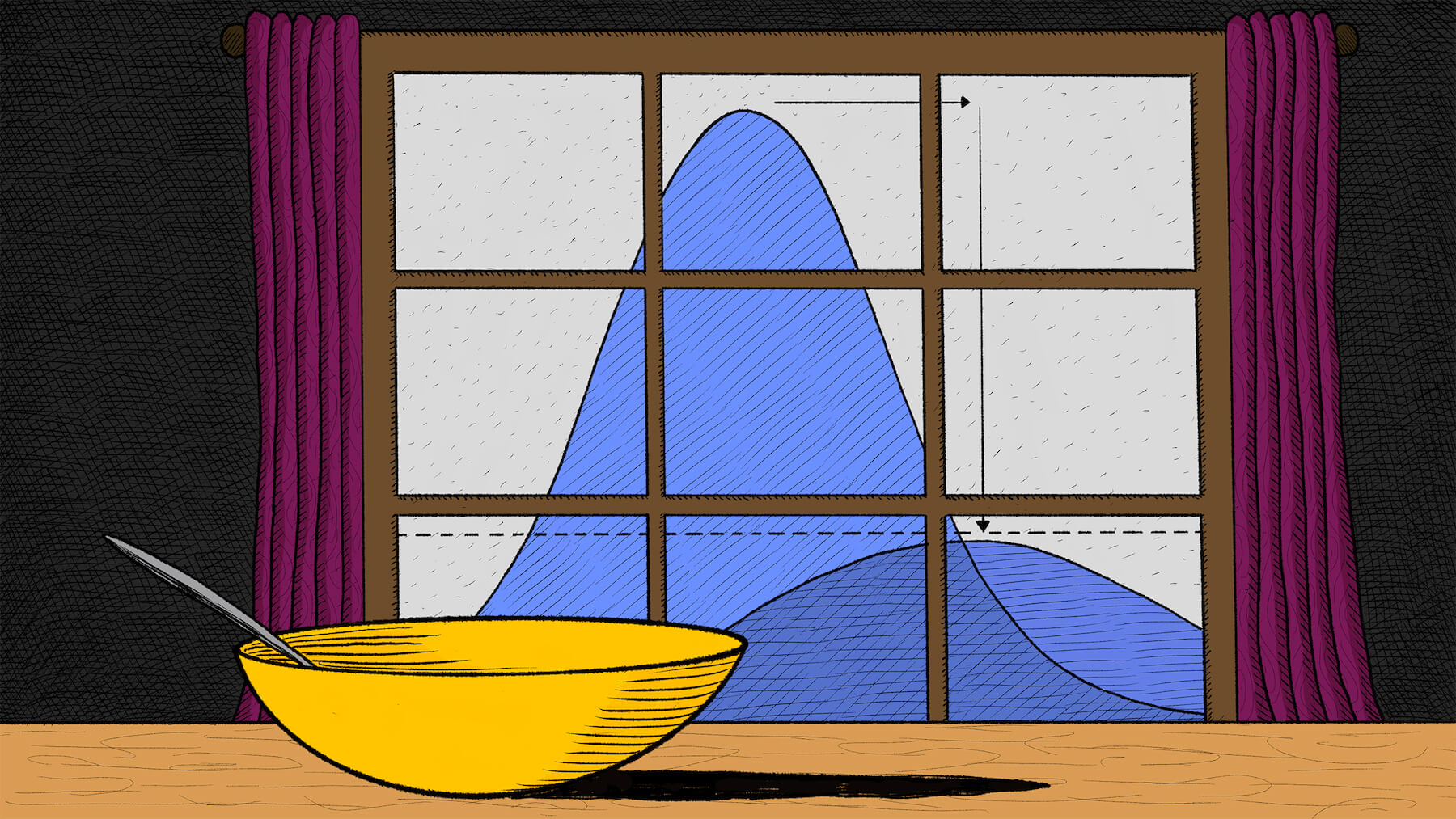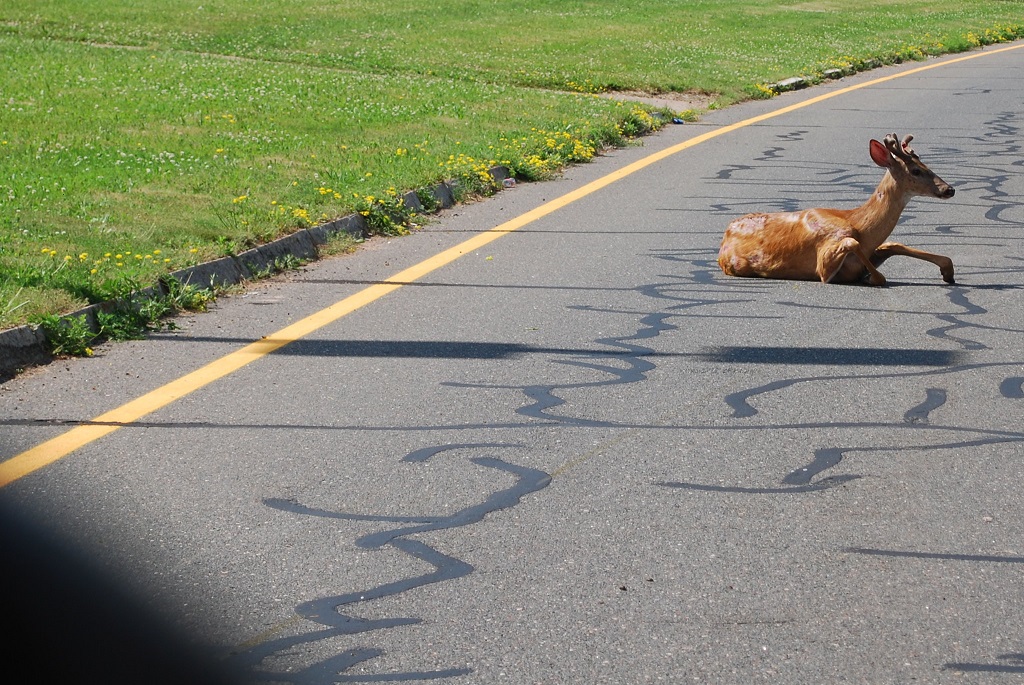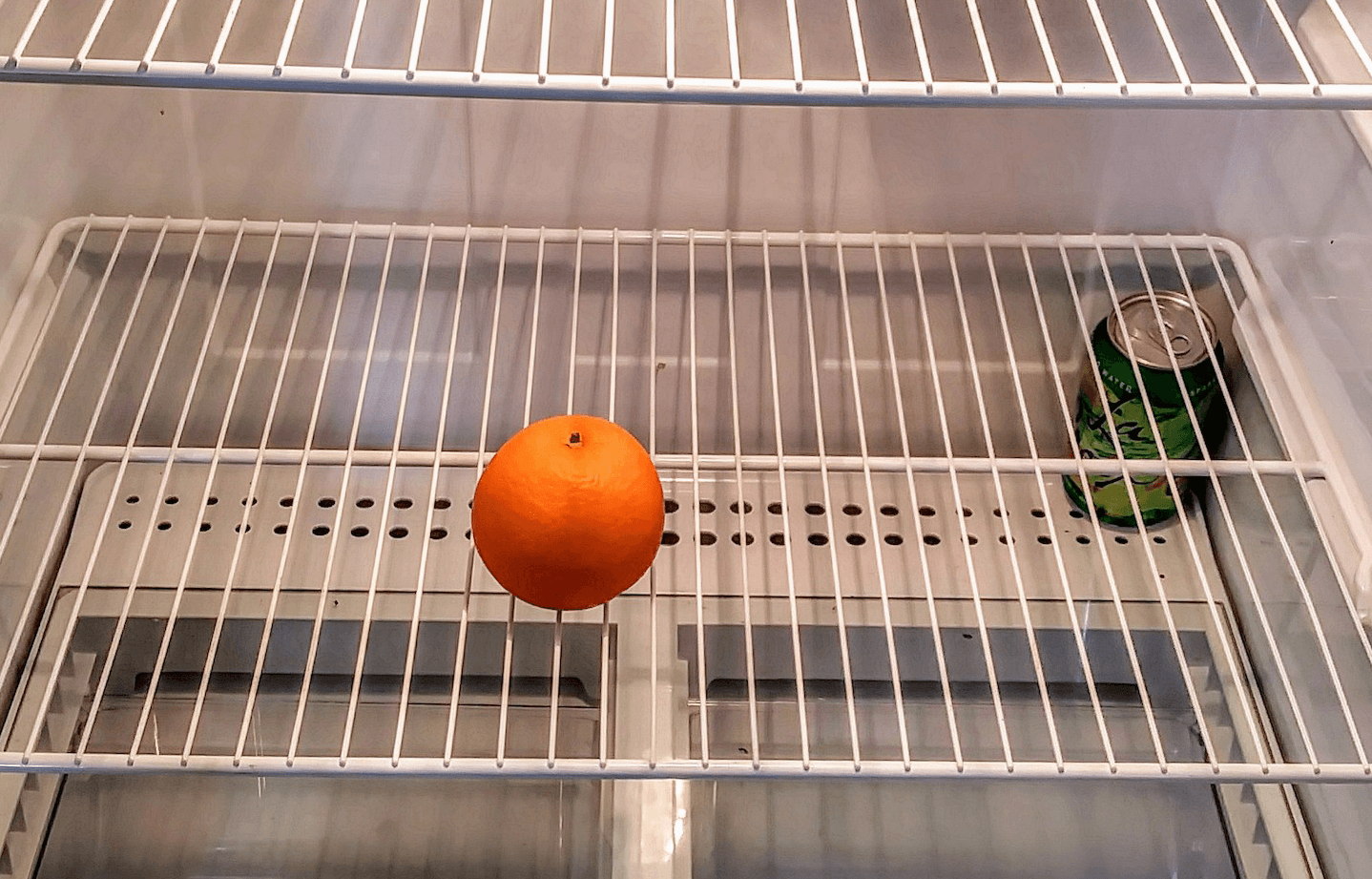
Shana Bestock
“I can’t stockpile food—I could easily binge. I can’t just keep nothing in the house—I could easily starve.”
I’m reading a book. I’m craving crunch. I start eating carrots, and then more, and then more, and I’m ripping through pages and getting hungrier as I go, and all of a sudden my stomach throws out sharp shooting warning pains. So I eat some bread, and then some more, and then I panic and I don’t know how many calories I’ve eaten and I want to spit out the bread but I also want to eat it all, the whole loaf, and as I dimly register what’s happening as my body and brain pick up an age-old war, I throw the book across the room, put on my shoes and go to the door to walk up the street to my local coffee shop, where I can sit alone in the company of others until I breathe and make smart decisions.
Only to remember our brave new world, that has no people in it.
I’m 45 years old. I live alone. I am in recovery for eating disorders. And coronavirus has upended my most effective tools in combating my disease. For me, eating in the time of coronavirus is as if someone took a bottle of life-saving pills, mashed them up, mixed them with salt and sugar, and said, “Okay, now fish out your daily dose.”
In isolation, my inner creative worlds spin wildly so that it seems like food is the only way to calm them.
Without my regular exercise routines, not to mention my routines of casual and focused human interaction, I am having to reinvent food portions, rules, even what constitutes nourishment vs. comfort. I can’t stockpile food; I could easily binge. I can’t just keep nothing in the house; I could easily starve. My hunger cues are bruised and scarred from a lifetime of abuse, and though I have done a lot of work to listen to them with compassion, they are really not to be fully trusted even in the best of times.
My pre-pandemic strategies included frequent shopping and wandering through stores. Not keeping too much food in the house helps, so that if I got a craving or felt like a second portion, I’d be forced to go to the store–a half-mile walk or bike ride–to get it. Usually, the walk will reset my thinking and relax my body, and I could tell in that time whether I needed caloric nourishment, or simply emotional.
I love solitude, and I’m good at it. As a theater director and youth educator, I’ve spent the majority of my life mashed up against other bodies and personalities in small rehearsal rooms, working on expressing big emotions and deep thoughts. I love to run away from this intensity to the calm quiet of my house.
I eat with others, but I nourish alone. Nourishment is the ritual of creating space for myself in a noisy world, of shedding my enmeshment in the passions and needs of others. And although I can consume food in the company of others, I tend not to digest as well because I’m amped up on adrenaline. I have only recently learned a modicum of trust in my ability to nourish myself, and it’s a very delicate relationship that I tend to savor in solitude.
But this solitude has taken on a new hue in the light of social distancing. In an upside-down world, my own needs feel like they’ve been flipped over as well. Everything is an Eat Me or Drink Me temptation when you’ve fallen down the rabbit hole. In isolation, my inner creative worlds spin wildly so that it seems like food is the only way to calm them. A walk through my neighborhood, with its quiet, ghost-town quality, can be even more unsettling than staying at home.
Nourishment is the ritual of creating space for myself in a noisy world, of shedding my enmeshment in the passions and needs of others.
I was first diagnosed with an eating disorder over 30 years ago. So we’ve lived a lot of life together. In some ways it’s been the most primary relationship I’ve had. I’ve struggled, battled, treated, ignored, coped, and made peace with my disease. It’s a daily presence, but it doesn’t rule my life anymore.
But being alone in my house all day, without saying hello to the people at the gym, or chatting with the barista, or biking to work, or wandering the bulk food aisles indulging inappropriate eating fantasies while ultimately not indulging in these desires–this presents the most significant challenge since I went into treatment 16 years ago.
So, I’m learning to Zoom. Screens are unhealthy, we all know that. The great poet Wendell Berry urged us to avoid screens, and live a 3-dimensional life. But in this new reality, my 3-dimensional life must be re-imagined to include a screen, a place where I am seen and accountable to another human being, a world in which I am not embodied, per se, but where I am reminded I have a body that is capable of expression and connection. I can be reminded to honor, respect, and work with this body, and to stay accountable and present in the world, even as it feels hazy and chaotic.
And I’m practicing meeting my cupboards and my fridge, my counters and my stove every morning as if meeting them for the first time. Hello, I say. How can we be friends?
I know there are people out there struggling in their own recovery process, and I send my story out to say–we are not alone, we don’t need to be ashamed, and we have the tools to triumph.
